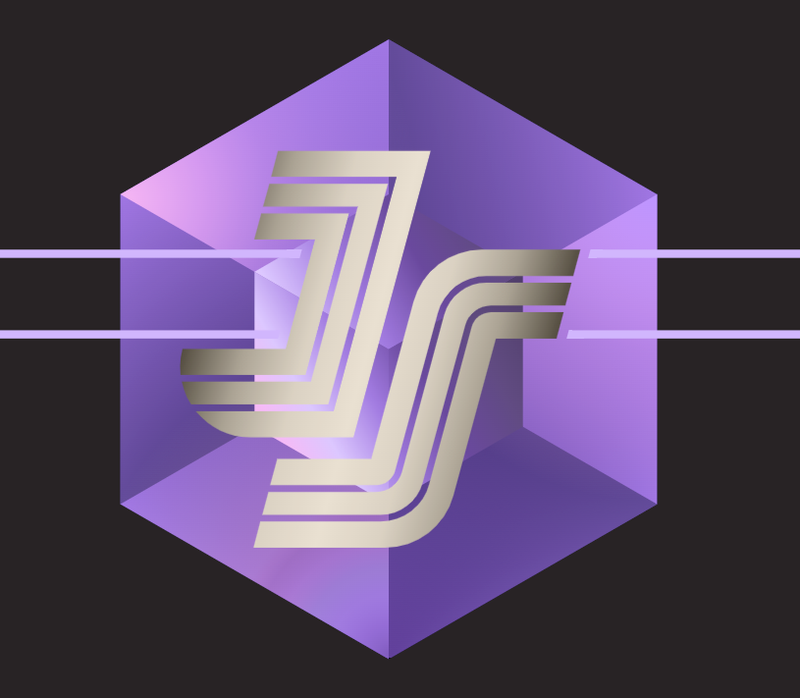


About Nextstrain
Nextstrain is an open-source project to harness the scientific and public health potential of pathogen genome data.
We provide a continually-updated view of publicly available data with powerful analytics and visualizations showing pathogen evolution and epidemic spread.
Our goal is to aid epidemiological understanding and improve outbreak response.
Resulting data and inferences are available live at the website nextstrain.org.
About Auspice
Definition: Observation by an augur, ie a prophetic sign.
Auspice is an open-source interactive web app for visualizing phylogenomic data.
It may be used in tandem with nextstrain's bioinformatics toolkit augur or on its own.
Auspice may be used to explore datasets locally or run as a server to share results.
Documentation
The main Nextstrain documentation is available at docs.nextstrain.org. This includes tutorials, how-to guides, and explanations of concepts to help you get started and answer common questions to achieve your goal(s) with Auspice and other Nextstrain tools.
When getting started with Auspice, it may be helpful to read our overview of how Auspice fits together with other Nextstrain tools.
For more detailed technical information how Auspice works and reference guides describing specific Auspice features, check out the Auspice reference-guide documentation at docs.nextstrain.org/projects/auspice.
Quickstart
Installation
Install auspice for use as a global command.
This requires nodejs.
We recommend using a conda environment, but this is not the only way.
(See here for more installation methods & help).
Install with conda (Recommended)
Create and activate a conda environment:
conda create --name auspice nodejs=14
conda activate auspice
Now that the conda environment is activated, install auspice:
npm install --global auspice
Install from source
git clone https://github.com/nextstrain/auspice.git
cd auspice
npm install --global .
Obtain datasets to display
To get up & running, you'll need datasets to visualise.
(Please see the nextstrain docs for tutorials on how to run your own analyses.)
If you've installed auspice from npm you may get datasets to display via:
mkdir data
curl http://data.nextstrain.org/zika.json --compressed -o data/zika.json
curl http://data.nextstrain.org/ncov.json --compressed -o data/ncov.json
...
If you've installed auspice from source, we have a helper script to download a number of datasets for testing:
npm run get-data
Obtain narratives to view locally
This repository contains a number of "test narratives" which serve both to provide examples of the capability of narratives, as well as being used to test functionality and fix bugs.
These should work out of the box, assuming you have obtained the necessary datasets via the above script.
If you wish to view the nextstrain-maintained narratives, then this can be done by checking out the nextstrain/narratives github repo and telling auspice to look for narratives there via the --narrativeDir argument.
Run auspice
auspice view --datasetDir data
And view auspice in the browser at localhost:4000
If you are editing source code, running the following command will allow hot-reloading.
auspice develop --datasetDir data
CLI (Command Line Interface)
Run auspice --help or auspice view --help to see all the available command line options.
Contributor Information
We have received a number of generous offers to contribute developer effort to nextstrain (and auspice) following our work on hCoV-19. We welcome contributions! To get started, please review these resources before submitting a pull request:
This project strictly adheres to the Contributor Covenant Code of Conduct.
License and copyright
Copyright 2014-2022 Trevor Bedford and Richard Neher.
Source code to Nextstrain is made available under the terms of the GNU Affero General Public License (AGPL). Nextstrain is distributed in the hope that it will be useful, but WITHOUT ANY WARRANTY; without even the implied warranty of MERCHANTABILITY or FITNESS FOR A PARTICULAR PURPOSE. See the GNU Affero General Public License for more details.






